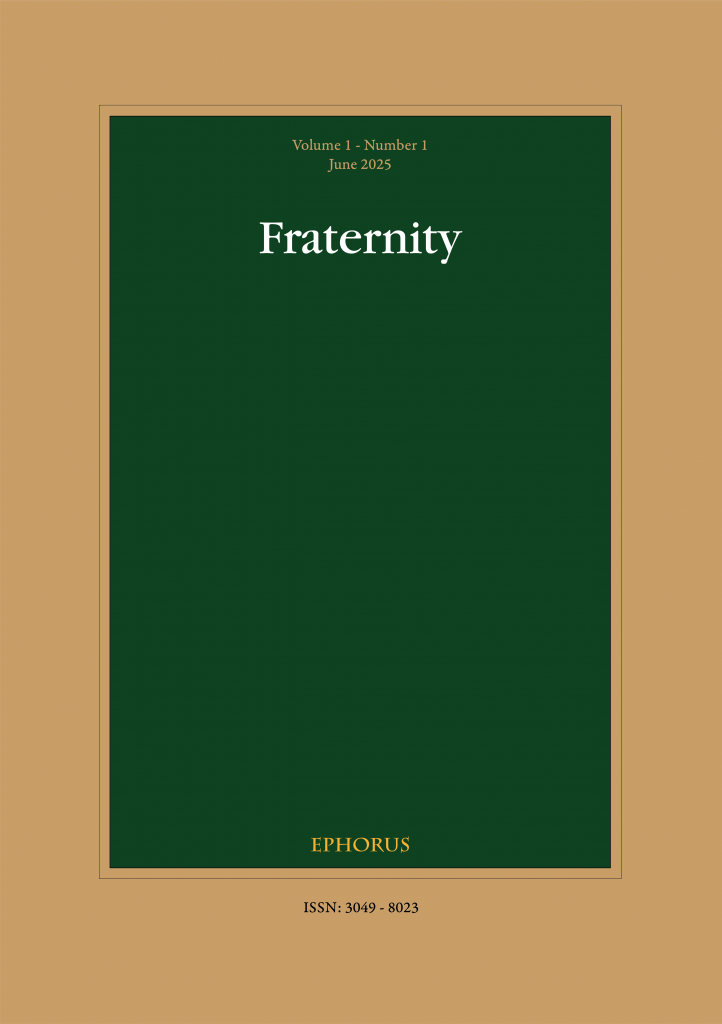

Fraternity
ISSN 3049-8023 (Print)
ISSN 3049-8031 (Online)
Details to follow, including release date of the first issue.
This pioneering journal addresses the phenomenon of fraternity or togetherness in history. The significance of political fraternity has been demonstrated in such developments of the puritan movement and the middling sort in seventeenth-century England and the French Revolution of the following century and its aftermath, and is evident across the world to the present-day. However, not all aspects of these nor other forms of fraternity have been adequately acknowledged nor examined whether concerning the rise of professionalism and its impact, ‘band of brothers’ coalescing in military contexts, educational contexts for those of all ages and genders, women’s rights, the lives of children, locales, occupations, sports, cuisine and many other contexts. Even where relatively less has been written about women and children in history than men, ample evidence of forms of fraternity within each and across these and other parts of social units and society and in relation to others is evident. Excluded from formal medical education in Europe until recently, some women in medieval Italy, France and elsewhere learned and taught poetry of medicine to attain and disseminate medical knowledge whilst achieving a form of fraternity. Language and other elements of culture, including their development, have also played a role in togetherness. Guilds and other units garnished fraternity as did farming, military service and various specialisms and other contexts of all scales in and across lands, cultures and civilizations. Interested also in perspectives that integrate sociology, art, architecture, economics and other fields, this multi-disciplinary journal examines and celebrates the phenomenon of fraternity in a vast range of contexts across human history, its influences, character, impact and how represented in primary and secondary sources and engaged with in scholarship. Negative human experience involving fraternity is acknowledged. How social and other theory and paradigms have addressed, omitted or are limited in their engagement with fraternity is assessed as also how the subject has been engaged with in schools, colleges, universities and other institutions, whether in the state or private sphere and in trade, industry, sport and other contexts. In addressing the many challenges of the twenty-first century, human fraternity has an essential role to play, to which the journal provides valuable historical depth of a key aspect of the human story that requires specialist attention and celebration of the potential and benefits of togetherness.